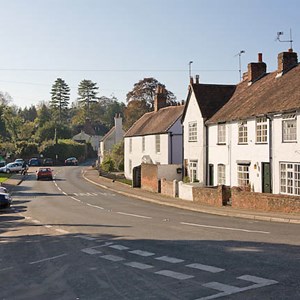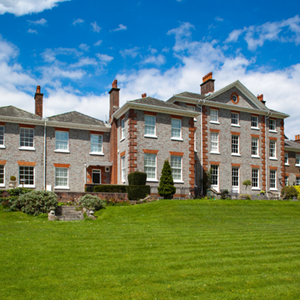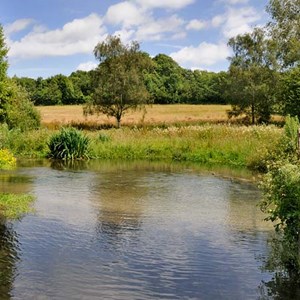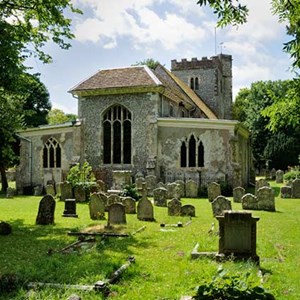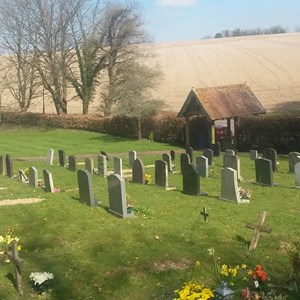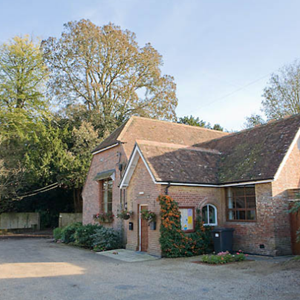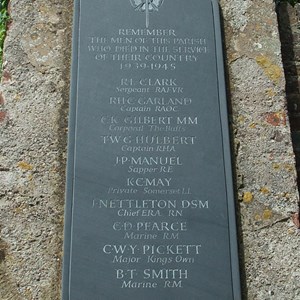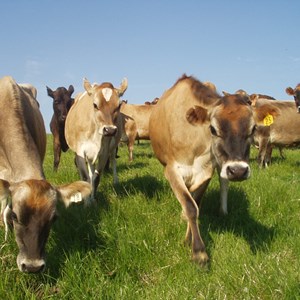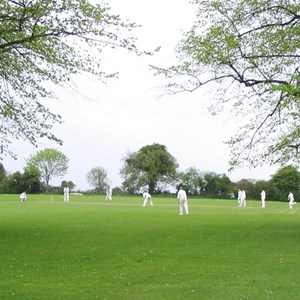Home
Droxford is a thriving village in Hampshire, England, lying in the Meon valley. It lies around 5 miles east of Bishop's Waltham and 6 miles north of Wickham within the South Downs National Park. Local amenities include a post office, two garages, a junior school, two pubs, a local shop, a village hall and good access to the Meon Valley Trail. St Mary's and all Saints church dates back to Norman times.
Droxford is first recorded in history when the Manor of Drocenesforda (Droxford) was granted to the Prior and monks of St. Swithun, Winchester, by King Egbert in 826. In 939 king Æthelstan granted 17 hides of land at Droxford to his half-sister Eadburh. By the time of the Domesday Survey Droxford had passed to the Bishop of Winchester, to support the monks. This arrangement continued until 1551 when it was surrendered to the crown and it was passed on to the Earl of Wiltshire.
The Bishopric regained the manor in 1558 and then held it until the Civil War. During the rule of Parliament the manor was transferred into private hands but on the Restoration of King Charles II it was, again, restored to the Bishopric. This situation then continued until 1869, when the manor was finally removed from the Bishopric as part of the Bishops' Resignation Act of 1869.
The railway came to Droxford in 1903 with the building of the Meon Valley Railway. A station was built around 1⁄2 mile outside the village on the other side of the river. A small sub-settlement grew around the station including a hotel, railway workers' cottages and a cluster of private homes.
In June 1944 Droxford station was used by Winston Churchill as his base during preparations for the Normandy Landings and imminent D-Day invasion. Based in an armoured train carriage parked in the sidings at Droxford, Churchill met with numerous ministers, military commanders and leaders of allied nations.
During Churchill's visit, he had meetings with Generals Montgomery and Eisenhower who were putting the finishing touches to the D-Day invasion plan at nearby Southwick House. General de Gaulle, the French leader, arrived from Algiers at 6am on June 4 and was immediately given a note from Churchill written on the Droxford train informing him of the plan.
There is a bench in the village to commemorate this meeting of world leaders in Droxford. British Railways closed the railway in 1962.
A map of the conservation area can be found at the following link:
https://www.southdowns.gov.uk/wp-content/uploads/2019/09/515_Droxford-Conservation-Area.pdf

